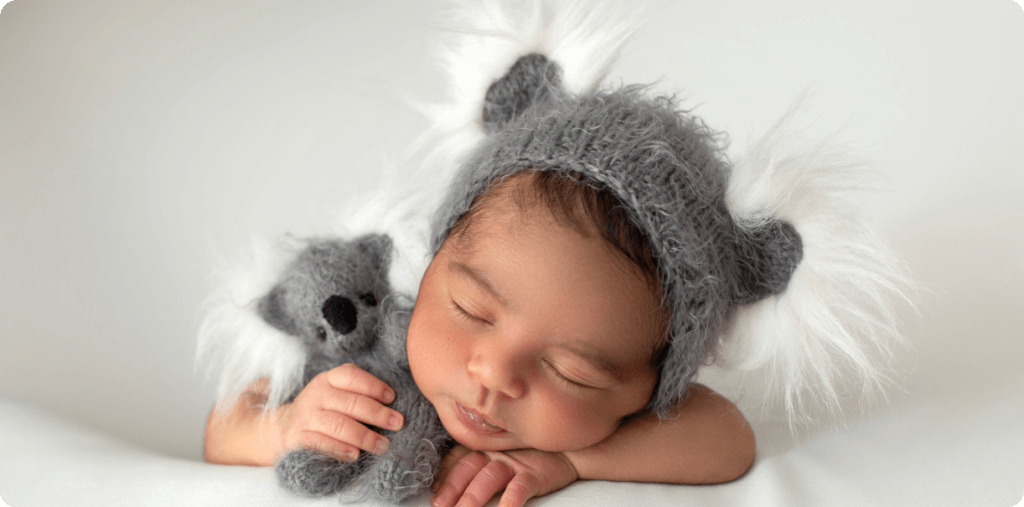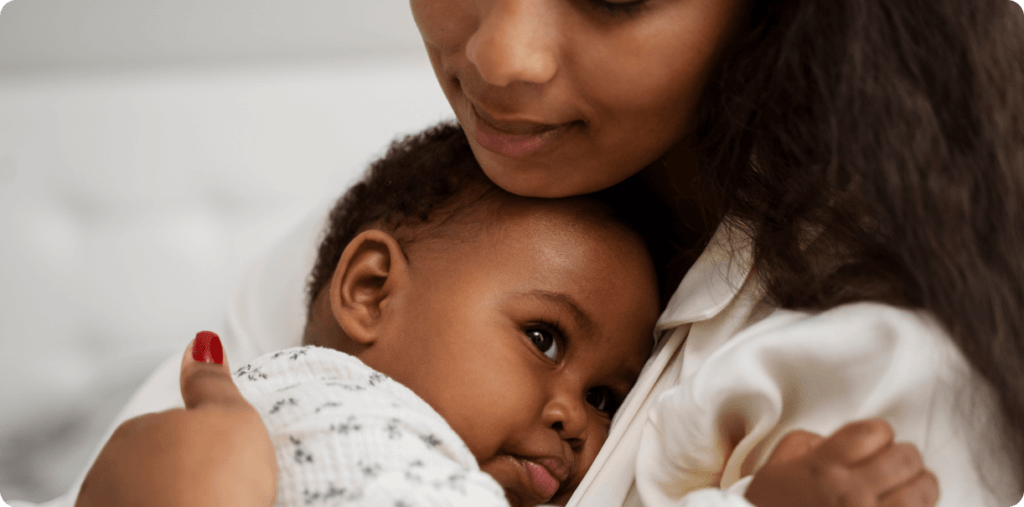
Feeding bottles are used by many parents either to supplement breast milk with formula or bottle feeding expressed breast milk. While the World Health Organization (WHO) has recommended that babies be exclusively breastfed for the first six months after birth, working mothers often struggle to achieve this. Bottle feeding newborns with expressed breast milk is a good solution to this problem.
Just like breastfeeding, how you bottle feed the baby is often determined either by the pace of the baby’s feeding or based on the baby’s hunger cues.
Paced Bottle Feeding – By using slow flow nipples on the milk feeding bottle, the flow of milk into the nipple and the baby’s mouth is regulated or ‘paced’. This method of bottle feeding can be used for any baby, irrespective of whether the baby is being completely fed by bottle or alternating between bottle and breast. The main advantage of paced feeding is that it reduces the risk of overfeeding. Also, the baby has to work the mouth to get the milk out of the bottle, similar to drinking from the breast. An upright bottle feeding position with the bottle being held perpendicular to the ground helps the baby gain control through paced feeding. PIGEON feeding bottles come with Peristaltic nipples that mimic the feel of suckling from the breast, making it easy and comfortable for little babies even if they are switching between the breast and the PIGEON milk bottles.
Cue-Based Bottle Feeding – Cue-based feeding is an infant- or baby-led feeding. Based on the hunger cues of the baby, feeding problems (like when the flow of milk is too fast or too slow), and cues are given when the baby is feeling full, the baby’s feeding experience is made much better. The emphasis in cue-based feeding is on quality rather than on quantity. By sitting upright and cuddling the baby in a way that his / her head is elevated above the hips, you will help the baby to have better control of the flow and allow the baby to be comfortable while breathing, sucking, and swallowing.
There are various positions in which little babies can be bottle-fed. The position should be determined by the comfort of both the mother/caregiver and the baby.
Cradle Hold Feeding – Probably the most popular and traditional position to bottle feed a baby is the cradle hold the position. The baby’s head is placed in the crook of your arm and the other hand supports the baby’s bottom. The baby’s head is elevated above the hips by raising and adjusting the elbow on which the head is placed. The position is easy and convenient, even when you are in a public place but it may not be very comfortable if you need to feed for a long period of maybe around 20-30 minutes.
Positioning with a Feeding Pillow – This is similar to cradle hold feeding and the baby’s head is elevated in a similar manner. However, the baby’s head is resting on a feeding pillow instead of your arm. This helps to combat the issue of tiredness in case the baby feeds for a longer time or is cluster feeding.
Positioning the Baby on the Lap – In this position, you sit or lay down with the legs up and bent at the knees and the baby’s back is placed on your thighs with his / her head against your knees and feet resting on your stomach. The position is recommended for older babies and makes feeding fun because the baby and you are facing each other. However, feeding in this position requires a comfortable seating space and may not be possible when in public.
Upright Sitting Position – For babies who have control over their seated position, this position is ideal. By sitting the baby on your lap with his back and head against your chest, you will be able to comfortably bottle feed the baby. This position is great for babies who suffer from acid reflux or abdominal gas.
PIGEON has a wide range of feeding bottles for young babies. The PIGEON glass feeding bottles are heat resistant and designed to be easy for the baby to hold. Their plastic feeding bottles are made of BPA-free material and can withstand tough falls.
The slim-necked bottles of both variants with narrow SofTouch™ Peristaltic PLUS Nipples are ideal for those parents who practice paced feeding while the wide-necked bottles with flatter SofTouch™ Peristaltic PLUS Nipples are great for babies who are new to bottle feeding or have just made the switch from breast to bottle.
For older babies who are just beginning to eat solids, PIGEON has a Weaning Bottle With Spoon that is an excellent way to introduce soups, purees, and juices as well as soft solids.



